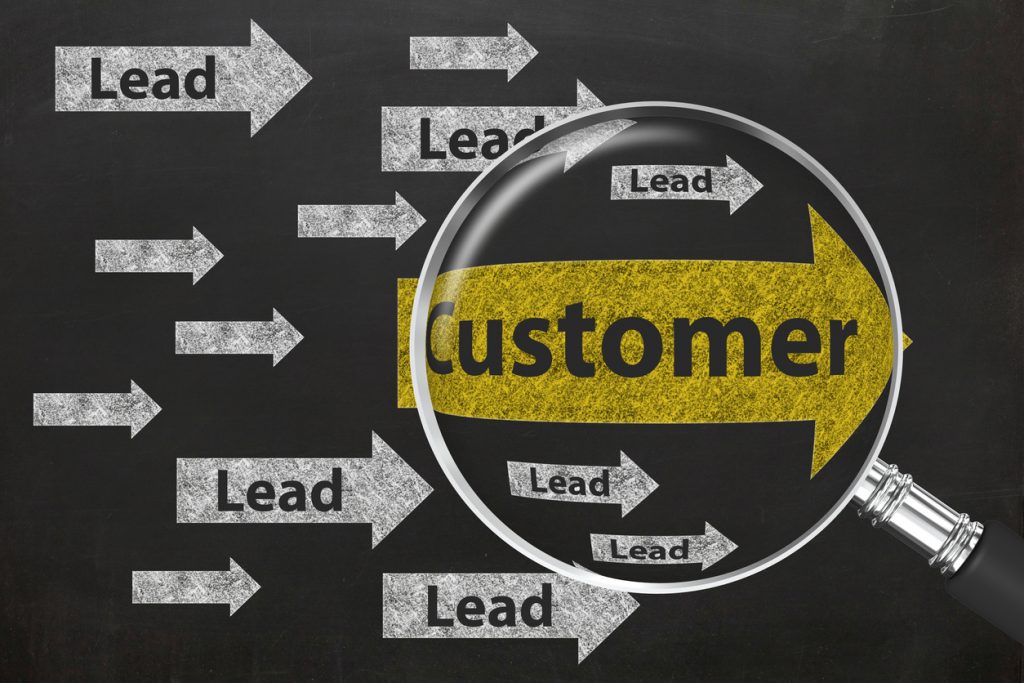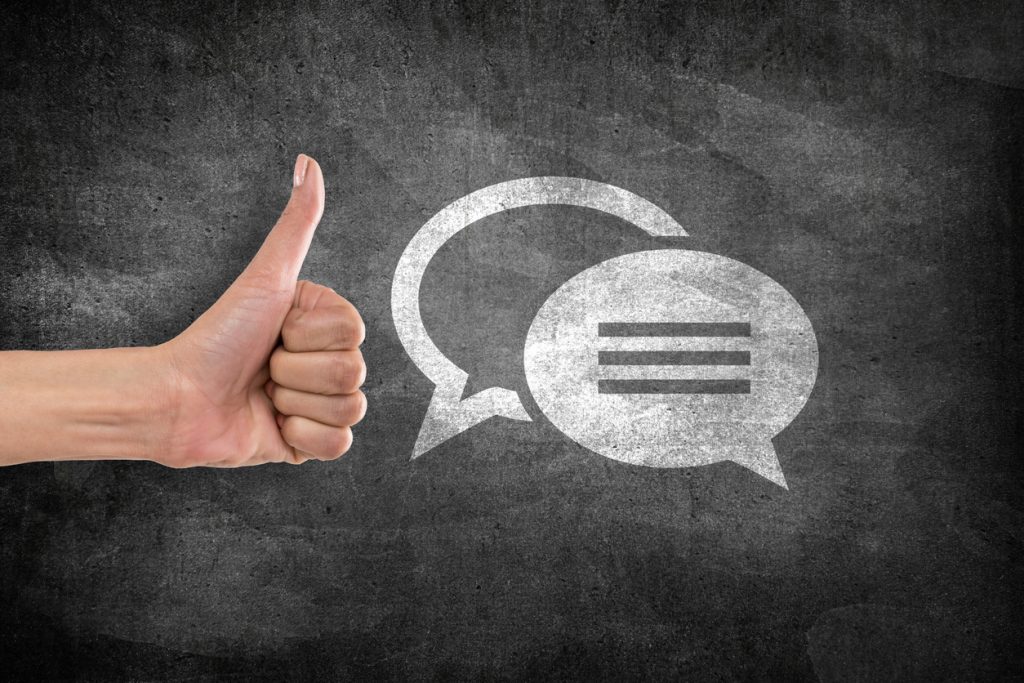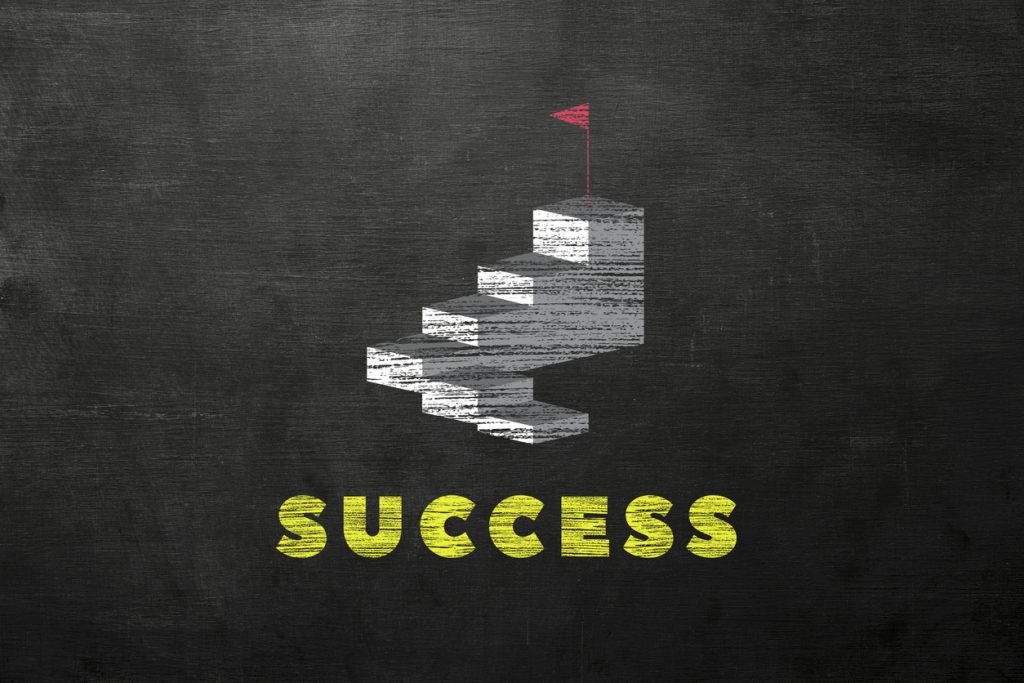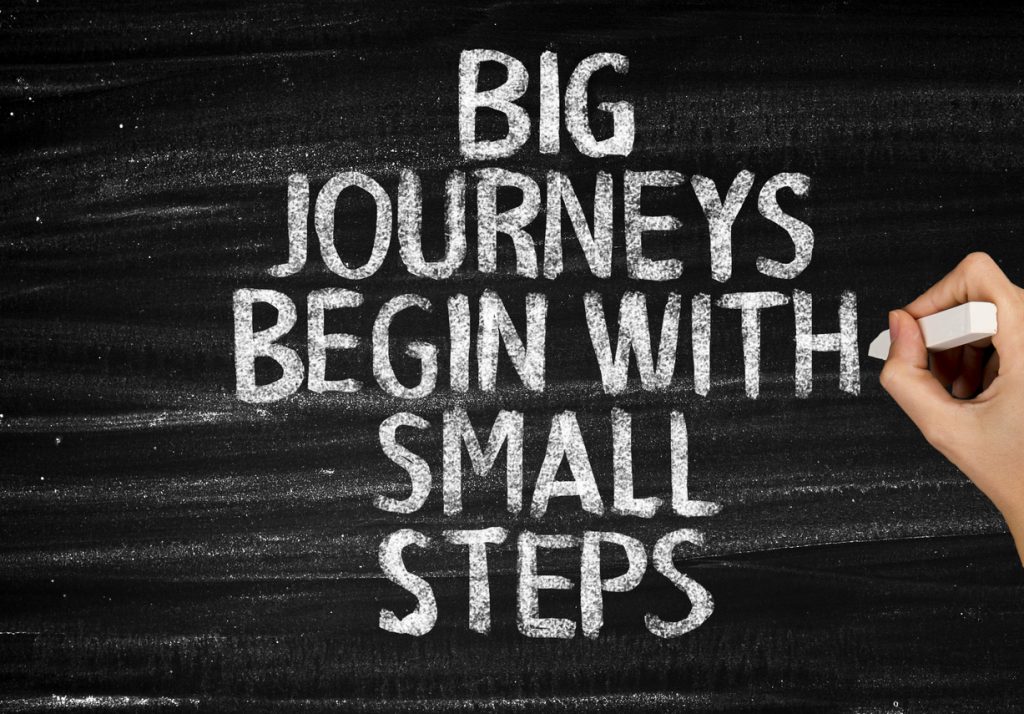
How to get started with social selling to increase your ROI
ReadyForSocial™ is the only all-in-one program that can power your entire sales team on social media. Contact us to get started!
Whether your goal is to build trust and authority, explore new business opportunities or start new sales conversations, social selling is the way to go. While social is undoubtedly a current buzzword, it’s also one that many remain skeptical about, especially when the planning process starts to include budget talk.
Be honest! Haven’t you wondered if social selling is genuinely worth investing money in? For good reasons! After all, no one likes to waste money—whether in business or life.
So, when considering incorporating social selling into your marketing strategy, the first concern is setting expectations for your return on investment (ROI). Getting an adequate ROI is the motivation for any business decision, and social selling is no different. But how do you decide how to structure your social selling program to yield an ROI that is worth the effort? Before we can answer that, let’s start by defining social selling.

Social selling defined
The most basic definition of social selling is utilizing social media to sell products and services. However, social selling means that salespeople are active on social media to influence their buyers’ decision-making process. The sellers leverage their social networks to interact with prospects and share relevant content, building relationships, and trust.
Companies can harness the power of social selling by creating a program that mobilizes top-performing salespeople and arming them with the tools needed to reach the right buyers with the right message at the right time.
Building a social selling program
To build a successful social selling program at your company, you must be willing to train your sales force. There are many things you can do to get them ready. The first is to set expectations. Clearly define your target audience and what sales reps should look for when researching prospects on social media. Next, give them the permission and the tools needed to improve their personal branding. Empower them to establish themselves as industry thought leaders by sharing original and third-party content with authority. Their online persona is a direct reflection of your company, so this step is critical to the success of your social selling program.

Almost half of the world’s population is active on social media, making the utilization of powerful sales tactics like social selling more critical than ever. Your salespeople must interact with prospects on LinkedIn, Twitter, Facebook, and other social media platforms to improve how they present offerings, increase outreach and grow revenue streams. In saturated markets filled with similar products and services, you want your sales reps to connect with customers on a personal level and maintain those relationships through every stage of the sales funnel. The process takes more effort than closing a one-time deal, but the time invested in an ongoing relationship can generate many leads for your company.
Measuring results through analytics
Measuring the return on investment from marketing efforts is always a worthwhile practice. There are three key benefits associated with tracking ROI. One is justifying the money spent on marketing. For most companies, marketing is a significant expense. As the leader of your company, you want to know what you’re getting for it. Use your analytics to prove the impact of marketing on the profitability of the company and justify future efforts.
That leads to the second benefit, using analytics to calculate future budgets. ROI can be used to determine which efforts have a higher return and warrant further investment. When reviewing the analytics of particular posts, salespeople can see which messages resonate most with their audience. Such information is helpful when mapping out content for future schedules. The final benefit is it provides the necessary information to hold your salespeople accountable. Efficiently measuring the number of sales made is an essential indicator of a salesperson’s success.

Learning from an expert
Milan Ruzicka is the co-founder of the social selling company ReadyForSocial. He pays special attention to the analytical part of the business with the mission to create the best possible analytics for his clients. As an expert in his field, he provides valuable insights on how to measure results once a team has decided on a social selling solution, implemented it, and started sharing content.
In a Straight to Business interview, Ruzicka offers insights that can help guide the creation of your social selling program. Start by setting objectives, so you can adequately measure them. For example, let’s assume that your company aims to have salespeople who project leadership, promote a brand, and start conversations. Once established, you can track the outcomes of the salespeople participating in the program. That participation drives the volume of content you can push out and the number of people who see the content.
Ruzicka also offers a benchmark for realistic numbers when setting expectations for your program. He says that if you have a long-term, active user base of people driving your brand on social media, your numbers should be within 40-60% participation among your sales force.
Finally, he advises adjusting your program to maximize relevant engagement. In any social selling program, you want to create content that engages the audience. Likes, comments, and shares typically measure engagement. It can also be measured by clicks that lead to your website, generating new traffic and starting the customer journey on your digital property. Relevant engagement comes from your target audience. The rule of thumb Ruzicka uses at ReadyForSocial is if each post has two or more relevant engagements, you’re probably doing well.

Four ways to track relevant engagement
Relevant engagements are from the audience you are trying to sell to, so tracking their interactions with your company is a must. Here are four ways to measure their engagement:
- CRM integration: The most solid, reliable, and scalable solution is a CRM integration between the main social network, LinkedIn, and your company. Running one of the systems LinkedIn has deemed as worthy of this integration, namely Dynamics or Salesforce, helps clients get the information they need.
- Human review: This approach takes some good old-fashioned elbow grease. Someone on your staff—or a third-party agency—would need to review the content, look at who engaged with it, and provide some overviews. Human reviews also include looking through sellers’ engagements and identifying people from the target accounts. If you review a good number of posts from various people, helpful assumptions can be extrapolated.
- Surveys: Give surveys to your salespeople and ask them what reactions they see from their target accounts. The results are approximations, but they often yield good results. When a sales rep notes who has interacted with their content, that can lead to follow-ups and further engagement with the company. Surveys work well if you are just getting started and want to prove that your social selling program is producing some results.
- Landing page traffic: Lastly, let’s acknowledge that content typically leads to your landing page. You can capture that incoming traffic and authenticate it with some degree of precision.

Setting ROI expectations
For those just starting to document ROI, you’ll track some KPIs we’ve already discussed—eyeballs on the content, engagements, and increased conversations. As you get more experienced, you will start accumulating data that you can use to determine how social selling integrates with your other marketing strategies.
Like anything in life, you get out what you put in. To run a successful program long-term, you’ll want an expert on your team to interpret the data. Having someone who can spend time analyzing and understanding how social selling and ROI work together is priceless because they will be able to find new ways to improve the program for you.
Have you incorporated a social selling program into your marketing strategy? When you measure your ROI, what metrics matter most to you?

Image credits: iStock (Akinbostanci, Warchi, Alexsl, Triloks, Be-Art, Marrio31)

